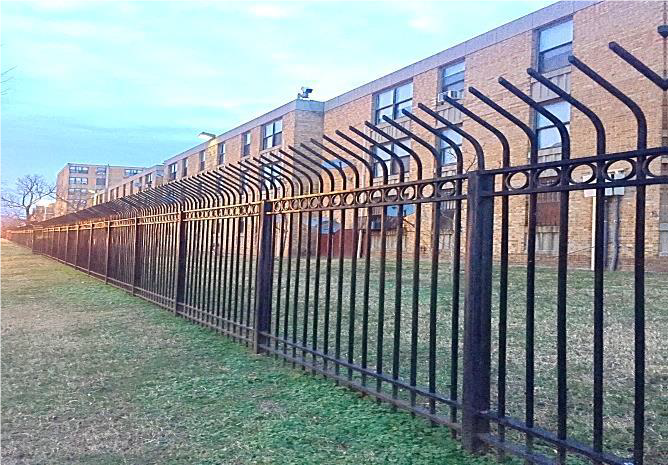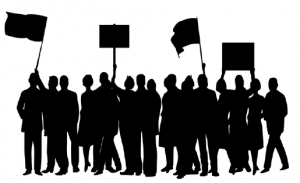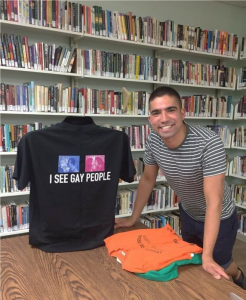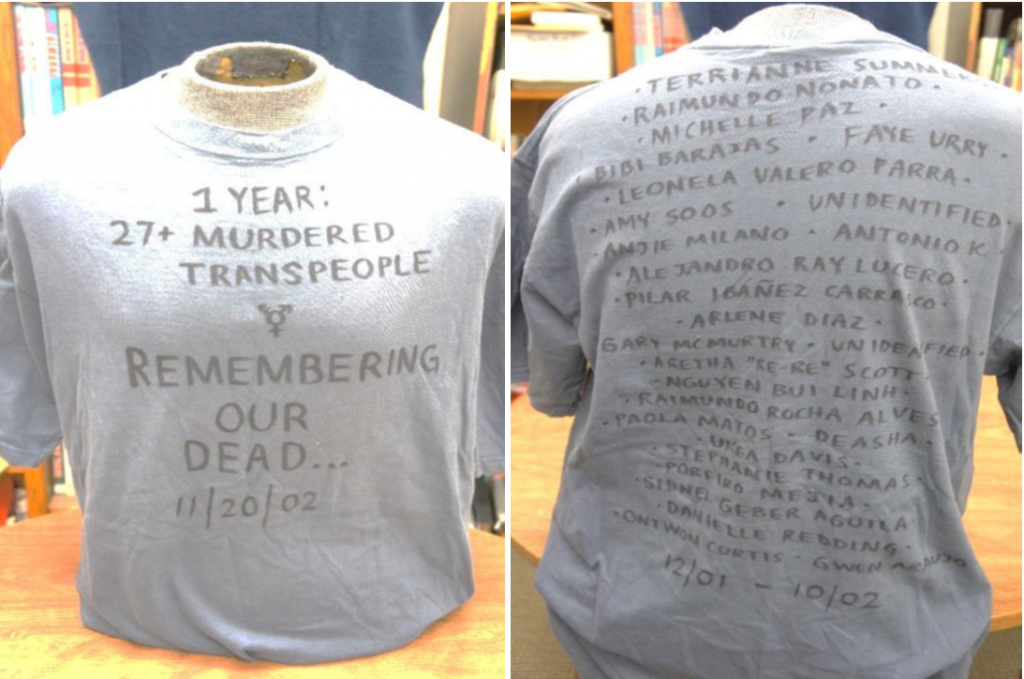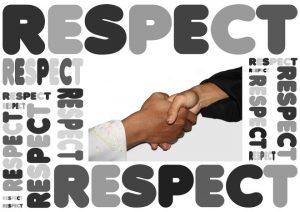By Briana Pocratsky
Over the 2016 holiday season, I decided to try something different and purchased a ticket to see the Washington Ballet’s matinee performance of The Nutcracker at Warner Theatre. I have never been one to frequent performance theatres, choosing movie theaters instead. I grew up reading tabloid journalism about celebrities and watching campy horror films. The closest I ever came to ballet throughout my life was Black Swan, and the closest I ever came to The Nutcracker proper was Barbie in the Nutcracker.
I did not have a serious interest in what some might call high culture, simply never coming into contact with or outright avoiding cultural products such as operas, contemporary art, and caviar. Although The Nutcracker is in many ways a “popular” cultural product, the association with ballet ties it to elite culture as well.
A Brief History of The Nutcracker
Given its prevalence in popular culture, I thought The Nutcracker would be a good first step into ballet culture. The Nutcracker ballet, as we know it, is based on E.T.A. Hoffmann’s story “Nutcracker and Mouse King” (1816) and Alexandre Dumas’ adaptation titled “The Tale of the Nutcracker” (1845). Eventually, Pyotr Ilyich Tchaikovsky composed the score for a two act ballet. The first performance of The Nutcracker, which was not well-received at the time, occurred in 1892 at Imperial Mariinsky Theater in St. Petersburg, Russia. The annual performances in the U.S., which are often adaptations or revisions of the original libretto by Ivan Vsevolozhsky and Marius Petipa, began in 1944 by the San Francisco Ballet.
Interestingly, Hoffmann was dissatisfied “with the neatly trimmed bourgeois conventions of his time and the overly rational and disciplinary way in which children were being raised. Indeed, it is ironic that ‘Nutcracker and Mouse King’ has now been fully appropriated in another culture as a conventional if not ‘exquisite’ American ballet and ritual by the middle class, drained of its irony and satirical barbs” (Zipes 2007). Hoffmann used a fanciful story to challenge the rigidity of privileged childhood and ignite the imagination. The class criticisms within the story have been diluted or eliminated from contemporary retellings of the tale.
Bourdieu’s Distinction
I was familiar with the plotline of The Nutcracker (thanks to Barbie), and I attended the performance with a former ballet dancer. I felt prepared to attend the show but was still hesitant (and not really excited) about it. One way to make sense of my uneasiness is through Pierre Bourdieu’s understanding of taste in society. Bourdieu analyzes the relationship between taste and social hierarchy in France in the 1960s in his book Distinction: A Social Critique of the Judgement of Taste ([1979]1984).
Bourdieu ([1979]1984) explains that taste is used to categorize individuals into classes; he finds that cultural preferences and practices are not “natural” and “legitimate” but constructed categories that are used to perpetuate systems of domination in French society: “Taste classifies, and it classifies the classifier” (p. 6). The dominant group’s lifestyle is different from and believed to be superior to the rest of society, and art is used as part of this process of distinction.
Spectacle and Meaning
When I arrived at Warner Theatre, I was surprised to see how many children were in attendance, some munching on popcorn and others fidgeting in their seats. One child, who was sitting beside me, fell asleep about halfway through Act I. The production was so dreamlike, full of velvety blue costumes, gentle snowfall, and glistening tiaras, that I too found myself drifting off. I tried to understand the techniques of the dance routines, but I had no clue if the dancers were good or not. When I tried to pay attention to form or even the score, I found myself more interested in the bells and whistles that produced a holiday sentiment.
During the intermission, I asked my friend for guidance deeper than visual aesthetics. According to Bourdieu, the ability to decipher a work of art is a result of possessing an accumulation of the necessary forms of capital (cultural, social, and economic). Therefore, different tastes are a result of access to various forms of capital.
The person who possesses cultural competence is able to “properly” decode meanings from cultural objects, such as works of art, while the person who “lacks the specific code feels lost in a chaos of sounds and rhythms, colours and lines, without rhyme or reason” (Bourdieu [1979]1984: 2).
In “Nutcracker” Nation: How an Old World Ballet Became a Christmas Tradition in the New World, Jennifer Fisher (2003:55) recognizes that ballet in general carries Bourdieu’s notions of capital and cultural competence as a result of its ties to “European royalty” and “museumlike venues.”
Despite the prevalence of The Nutcracker outside of elite settings, “it retains an association with the swank milieu of ballet” (Fisher 2003: 55). In addition to class, Fisher addresses the ethnocentric, stereotypical portrayals of race, ethnicity and gender associated with The Nutcracker; she explains that traditional versions of The Nutcracker are negotiated, subverted, or rejected by some ballet companies for more progressive adaptations. While Bourdieu’s Distinction is helpful in making sense of the operation of taste in society, it does not fully account for the complexity of The Nutcracker specifically in contemporary U.S. culture.
Cultural products often signify negotiated or contradictory messages and disrupt seemingly rigid status categorizations. Fisher (2003:6) describes the popularity of the ballet in North America: “The spectacular elements comprise only one level of the ballet’s existence in North America; on other levels—that of Christmas celebration, a rite of passage, community solidarity, for instance—the meaning of life for The Nutcracker becomes very rich…” The Nutcracker continues to interest audiences of various backgrounds because it is saturated with meaning for many audience members.
Although it is associated with the ballet, The Nutcracker, in many ways, relies on function more than form; it is about collectivity, tradition, and sentiment, which have little to do with a ballet dancer’s successful completion of pirouettes or fouettés. Rather, audiences are more interested in what The Nutcracker signifies.
Ballet or Barbie?
Variations and myriad adaptations of The Nutcracker (perhaps to Hoffmann’s chagrin) remain a seasonal fixture in American popular culture as professional dance companies and local schools perform the ballet, stimulating imaginations of audiences (perhaps to Hoffmann’s delight).
As for me, I don’t know if I would experience the “real deal” a second time, but I wouldn’t mind watching Barbie in the Nutcracker again.
References
Bourdieu, Pierre. [1979]1984. Distinction: A Social Critique of the Judgement of Taste. Translated by Richard Nice. Cambridge, MA: Harvard University Press.
Fisher, Jennifer. 2003. “Nutcracker” Nation: How an Old World Ballet Became a Christmas Tradition in the New World. New Haven: Yale University Press.
Zipes, Jack. 2007. “Introduction.” Pp. vii-xxxi in Nutcracker and Mouse King and the Tale of the Nutcracker (Penguin Classics) by E. T. A. Hoffmann & A. Dumas. Translated by
Joachim Neugroschel. New York: Penguin Group. Kindle Edition.




